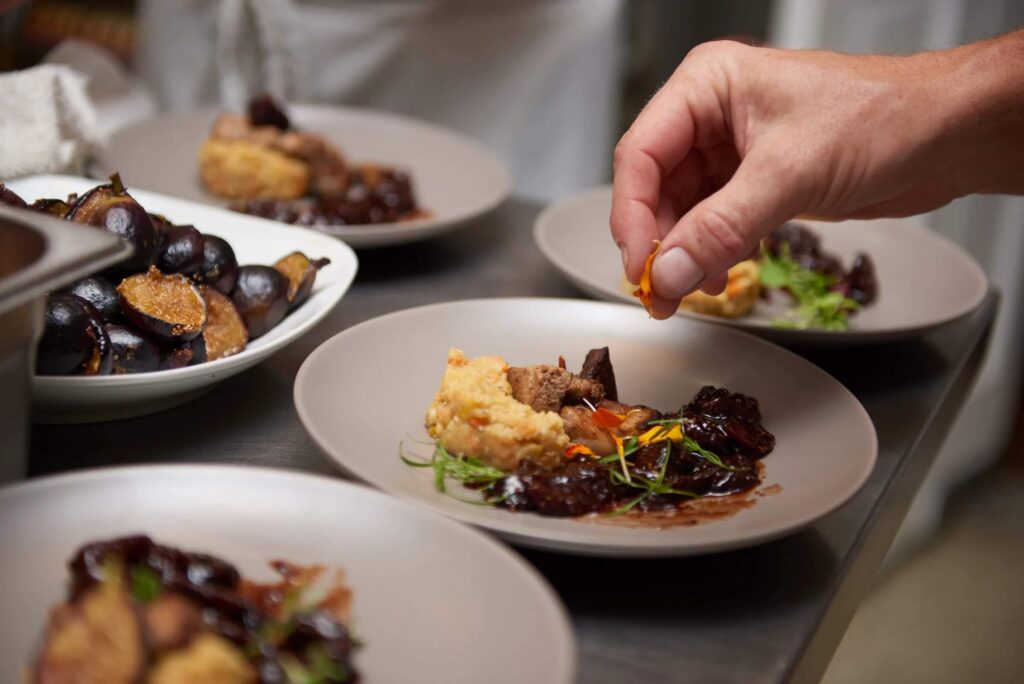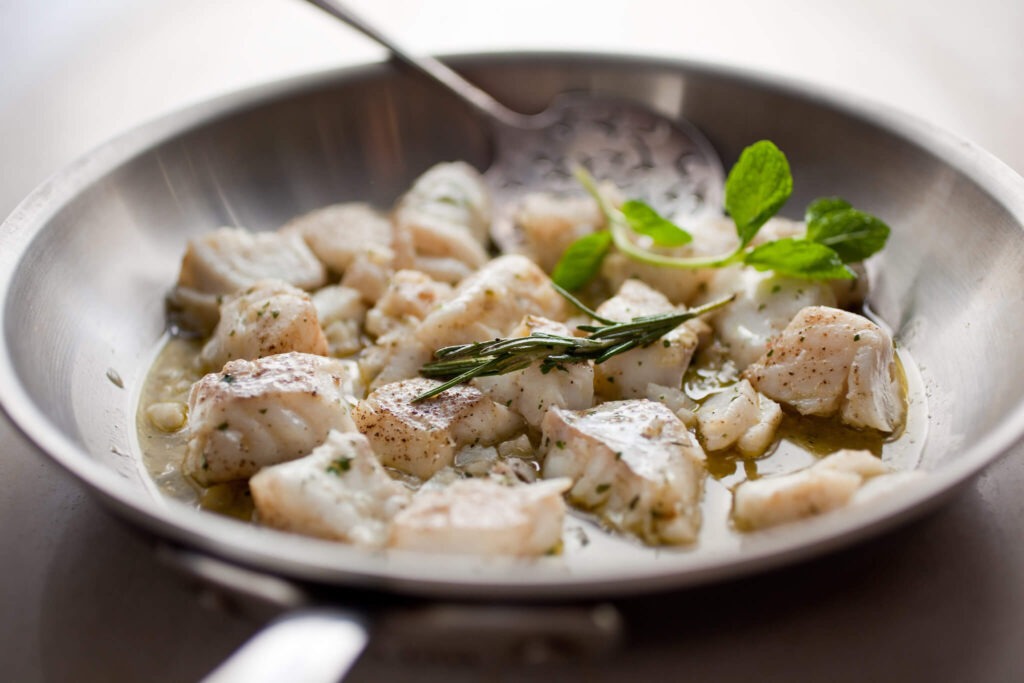Fresh, fragrant, and full of nutrition, olive oil recipes are a staple of Mediterranean cuisine and a favorite among health-conscious home cooks.
Whether you’re trying to eat clean, reduce saturated fats, or simply enjoy the natural taste of seasonal produce, dishes made with olive oil are both versatile and satisfying.
Best of all, they’re easy to prepare and can be adapted to a variety of diets, including vegetarian and vegan.
Olive oil recipes are popular not just for their health benefits but also for their simplicity. With just a handful of ingredients and the right cooking technique, you can transform everyday vegetables, legumes, or grains into something truly memorable.
Olive oil brings out the richness in flavors, enhances aroma, and adds a silky texture to every bite.
These recipes also serve well in both cold and warm presentations, making them ideal for meal prepping, casual dinners, or elegant side dishes. From slow-cooked vegetables to quick salads, the range of olive oil-based dishes is as vast as your imagination.
In this guide, we’ll explore five easy olive oil recipes that require minimal effort but deliver maximum taste. You’ll also learn how to choose seasonal ingredients, preserve nutrients while cooking, and enhance flavor with just a few simple tricks.
Olive Oil Recipes Perfect For Light And Healthy Meals
When it comes to building a nutritious meal, olive oil stands out as a heart-healthy fat. Rich in monounsaturated fatty acids and antioxidants, it supports cardiovascular health, helps reduce inflammation, and promotes better digestion.
That’s why olive oil recipes are ideal for anyone pursuing a balanced lifestyle. One of the most classic light dishes is olive oil–braised green beans with tomatoes.
Sauté onion and garlic in olive oil, add fresh green beans and chopped tomatoes, season with salt, pepper, and a pinch of sugar, then simmer slowly until tender. Serve it cold with a drizzle of lemon juice for added brightness.
Another great option is a simple zucchini and carrot stew. Slice both vegetables thinly, then cook them with diced onions and olive oil. Add fresh dill and a bit of lemon zest just before serving. This dish is low in calories but rich in flavor and texture.
Lentil salad is also a protein-packed, olive oil–infused dish that’s both filling and refreshing. Cook green or brown lentils, then mix them with finely chopped parsley, red onion, diced cucumber, and cherry tomatoes.
Dress with extra virgin olive oil, red wine vinegar, and a dash of cumin.
Whether you’re cooking for lunch, dinner, or a picnic, these olive oil recipes offer healthy, satisfying meals that won’t weigh you down.
Seasonal Vegetables That Pair Well With Olive Oil Dishes
One of the secrets to delicious olive oil recipes is using fresh, seasonal vegetables. Seasonal produce tends to be more flavorful, more nutritious, and more budget-friendly than out-of-season alternatives. Plus, eating seasonally helps support local agriculture and sustainability.
In spring and early summer, artichokes, peas, broad beans, zucchini, and fresh herbs like mint and dill are perfect for light olive oil-based stews. Steamed or sautéed with lemon and olive oil, they become elegant side dishes or full vegetarian meals.
During the high summer months, tomatoes, eggplants, bell peppers, and green beans take center stage. Eggplant cooked in olive oil with garlic and parsley is a rich yet meatless alternative to heavier entrees.
Bell peppers roasted and marinated in olive oil, vinegar, and herbs make a perfect appetizer or mezze dish. Autumn and winter bring root vegetables like carrots, parsnips, and potatoes, as well as leeks, kale, and cabbage.
These all work beautifully in soups and oven bakes, absorbing olive oil’s flavors during long, slow cooking processes.
By planning your meals around seasonal vegetables, your olive oil recipes will always taste vibrant and feel connected to nature’s rhythm.
Olive Oil Recipes That Require Minimal Ingredients
One of the greatest advantages of olive oil recipes is their simplicity. Many traditional Mediterranean dishes require just a few ingredients—sometimes as few as three or four—to create depth and flavor.
This makes them perfect for beginner cooks or those with limited pantry space.
For example, olive oil and garlic–sautéed spinach is a five-minute dish that packs a nutritional punch. All you need is fresh spinach, good olive oil, garlic, and a pinch of salt. Wilt the spinach gently and finish with a squeeze of lemon juice for brightness.
Another minimalist favorite is oven-roasted potatoes with rosemary and olive oil. Cut the potatoes into wedges, toss them with olive oil, sea salt, and fresh rosemary, then bake until golden and crispy on the outside and fluffy inside.
Tomato and cucumber salad is another effortless recipe. Dice ripe tomatoes and cucumbers, season with sea salt, then toss with olive oil and red wine vinegar. Add parsley or mint if desired.
The key is choosing high-quality ingredients. When using minimal components, the quality of your olive oil and produce makes all the difference. With a good extra virgin olive oil, even the simplest olive oil recipes taste gourmet.
How To Preserve Flavor And Nutrients While Cooking
Preparing healthy olive oil recipes means more than just choosing good ingredients—it also involves cooking them properly to retain their nutrients and natural flavors. Olive oil is a delicate fat, and using it correctly can greatly impact your dish’s nutritional profile.
First, avoid overheating olive oil. While it can withstand moderate heat, extra virgin olive oil should not be used for deep frying or high-temperature searing. Instead, use it for sautéing, baking at lower temperatures, or drizzling over finished dishes.
Second, use low and slow cooking techniques when preparing stews or braised vegetables. Cooking at a gentle simmer not only helps retain nutrients like vitamin C and antioxidants but also enhances the dish’s depth of flavor.
Steaming vegetables and then tossing them with olive oil and herbs is another excellent method. This preserves color, texture, and nutritional value. For example, steamed green beans with olive oil, lemon, and toasted almonds make a light yet flavorful side.
Lastly, always store olive oil in a cool, dark place. Exposure to light and heat can cause it to oxidize, resulting in a loss of flavor and health benefits. Keeping it in a tinted glass bottle or stainless steel container helps preserve its quality.
By following these tips, your olive oil recipes will not only be tasty but also truly nourishing.
Olive Oil Recipes: Tips For Making Them Even Tastier
Even the simplest olive oil recipes can become extraordinary with a few clever additions. By learning how to layer flavor, use the right textures, and introduce acidity or herbs, you can elevate your everyday cooking.
Acidity is key to balancing olive oil’s richness. Lemon juice, vinegar (such as balsamic or red wine), or even a spoon of yogurt can cut through the oil and brighten your dish. Use acidity sparingly but purposefully—just enough to enhance, not overpower.
Fresh herbs also work wonders. Parsley, mint, basil, dill, and oregano all pair beautifully with olive oil. Add them raw after cooking to preserve their aromas and color. Dried herbs can be used too, especially during the cooking phase to deepen flavors.
Don’t underestimate the power of texture. Toasted nuts like almonds, walnuts, or pine nuts add crunch and contrast to soft vegetables. A sprinkle of seeds, crispy onions, or crumbled cheese can turn a simple olive oil dish into something special.
Lastly, practice restraint. One of the principles of Mediterranean cooking is letting the ingredients speak for themselves. Avoid over-seasoning. Instead, focus on balance and harmony—what each element contributes to the overall dish.
With these small adjustments, your olive oil recipes will not only be healthy and easy but also irresistibly delicious.
See you in the next post,
Anil UZUN


